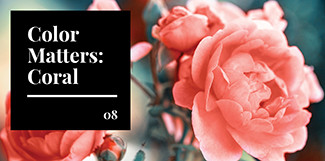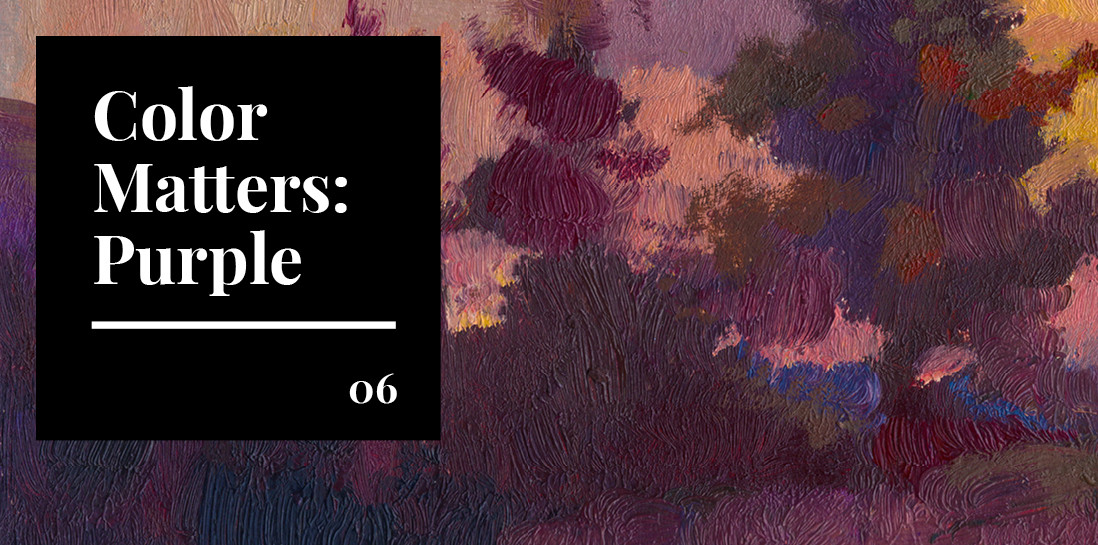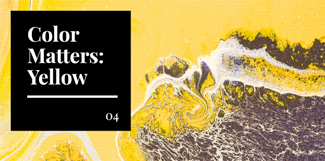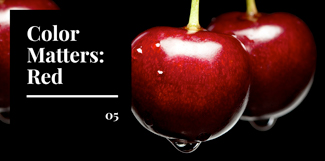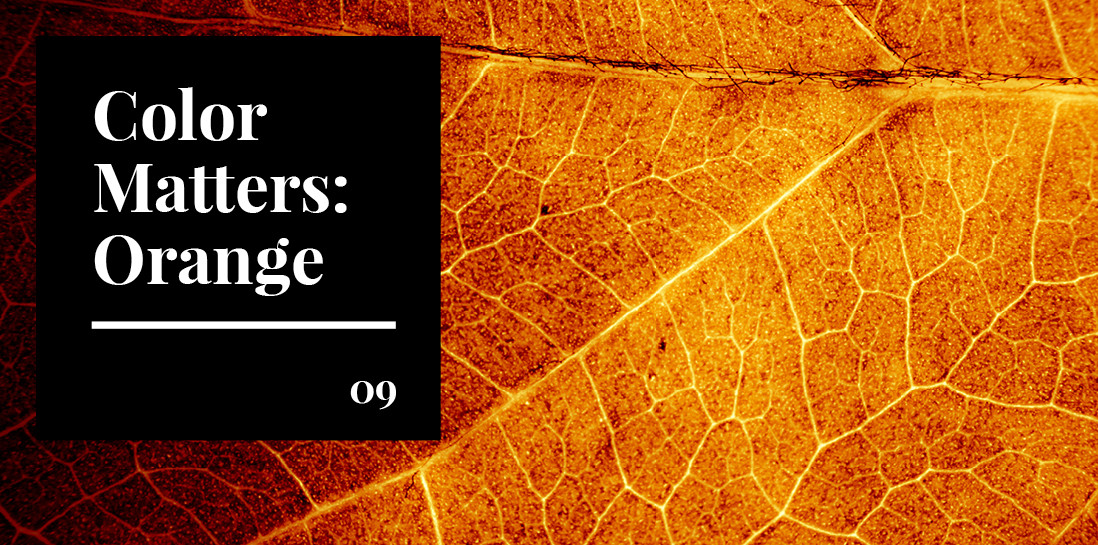
By 1937, the Golden Gate Bridge was nearly complete, stretching 4,200 feet across the wind-swept Golden Gate Strait to connect the city of San Francisco with the surrounding Marin County.
As Consulting Architect Irving Morrow commuted to work by ferry each day, he watched the partly-constructed bridge, coated in a red lead primer, emerge from the fog. It occurred to him that such a reddish shade contrasted with the cool, blue water and complemented the warm, green hills. It even boosted the bridge’s visibility from the water—and it was certainly a unique color for this unique feat of engineering.
Thus, The Golden Gate Bridge was christened with a rusty shade of vermillion already known to the aerospace industry as International Orange. The exact shade isn’t proprietary (CMYK 0, 69, 100, 6), but the color has been specially mixed to exact specifications since 1937.
There’s no denying that the color orange makes a statement—but what exactly is it saying?
Orange in history
When citrus fruits were first imported from India to Europe during the fourteenth century, Europeans were stunned—and in love—with these “golden apples.” Before oranges, the fruit, were introduced to the English language, there was no word for the bright shade between yellow and red. It wasn’t until the seventeenth century that orange emerged as a color in its own right.
Orange is unique among basic colors because it owes its name to a single object. Rather than orange fruits being named for their orange color, the color orange borrows its name from the fruit.
Elsewhere in history, orange continues its complicated color journey in the hands of William I of Orange, the Dutch prince and founding father of Netherlands. Contrary to what we might assume, The House of Orange wasn’t originally associated with the color orange at all, but rather a region. But the color orange gradually crept into popular association through royal portraits and the family crest. When William I was assassinated, the Dutch people began wearing orange in his honor. To this day, the Dutch presence at sporting events paints a swath of orange in the stands.
Religion and the color orange
Once the House of Orange was linked with the color, it proved inseparable. William III of Orange was a Dutch prince who became King William III of Britain. Thanks to him, orange is notably linked not only with a monarchy, but with a religion. Some Irish citizens linked their Protestant King and their Protestant faith by wearing orange, which caused conflict with the rest of Catholic Ireland. The wide green and orange bands on Ireland’s flag signify the Catholics and Protestants, or “Orangemen,” finally united in peace by the center white band.
Hinduism also claims a link with the color orange—specifically the sacred shade of saffron. Saffron is a bright, golden orange hue sourced from the reddish stigmas of crocus flowers. This rare and expensive pigment is used as a dye, a spice, and Hindu holy men wear robes dyed saffron to symbolize their purity and sacrifice.
Buddhist monks, too, wear burnt orange robes to represent a flame, the source of truth. The warmth and vitality of orange exude a memorable power easily associated with the divine.
Orange in art
Orange is sometimes sacred—but it sometimes adds humanity and humility to a scene. Russian abstract artist Wassily Kandinsky declared, “Orange is red brought nearer to humanity by yellow.”
From the Impressionists who idealized earthy orange as the perfect complement to atmospheric blue, to abstract modern artists adding drama and life with splashes of tangerine, orange has made its mark in the art world. Artist Yves Klein first experimented with his distinctive monochromatic style using a canvas covered in an unadulterated pumpkin hue. But pure orange proved to be too much for the public to handle. Klein tried again with a more palatable blue, International Klein Blue, to great acclaim.
Orange in pop culture
“Orange is the happiest color,” Frank Sinatra famously said. An earthy, bright orange filled the crooner’s home and featured prominently in his own paintings. The world seemed to agree, because joyful orange colored the 1960s in all areas of life: from fashion to interior design to automobiles.
Because it’s hard to miss, orange is used for traffic cones, construction signs, and safety gear. And, for the same reason, modern-day prison jumpsuits sport an eye-popping orange. It’s nearly impossible to camouflage with your surroundings while wearing fluorescent orange.
During the Vietnam War, U.S. troops sprayed a toxic herbicide to kill vegetation where enemy soldiers could easily hide. Named for the warning band of color around the barrels, Agent Orange soon proved deadly not only to plants, but also soldiers. Thanks in part to its shocking brilliance, orange can function as a warning or a symbol of danger.
Orange can also be scary in a different way: when it’s paired with black, you get the official colors of Halloween. Leering jack-o-lanterns carved into orange pumpkins were originally said to ward off evil spirits on All Hallow’s Eve, when the veil between worlds was dangerously thin.
Orange in nature
Deep, ripe terracotta and pumpkin hues are associated with the plenty of harvest-time. When wheat and corn turn orange-gold, a full harvest moon rises in the sky, and autumn leaves turn every shade of orange, the world seems wrapped in warm orange. Russet foxes slide through the underbrush. Cozy fires burn bright orange on chilly evenings. A streaked orange sunset lights the sky.
Brighter, vibrant oranges seem tropical and alluring. Exotic tiger lilies and orchids tease the senses while tigers prowl in dense jungle foliage. Tropical fish like the clownfish flit among red-orange corals. Monarch butterflies and Kingfishers wear their royal plumage with distinction.
In the world of food, orange color foreshadows zest or spice. Orange-hued sweet potatoes, pumpkins, and carrots yield deep, rich flavors, while tangerine and papaya are tart and saffron, ginger, and cinnamon add spice.
Orange in branding
When used in branding, orange can be associated with a lower price or value. Budget-friendly brands like Little Caesar’s Pizza or Payless Shoes reap the benefit of this connotation. Conversely, the signature color of high-end designer Hermes is an iconic, bold orange. Orange can also appear juvenile, playful, or irreverent; look to Nickelodeon, Elmer’s Glue, or Harley Davidson for perfect examples. Construction equipment like Hitachi or hardware empire The Home Depot communications both good value and catches the eyes.
Bold oranges may be peppy and youthful, but darker oranges like pumpkin or terracotta are earthy, warm and comforting, perfect for an approachable business or sophisticated food and packaging. Lighter shades of orange like peach, apricot, and coral are uplifting and approachable, perfect for health and beauty branding.
If you want to convey confidence, effortless power, and good humor, consider orange. It certainly makes a statement.
